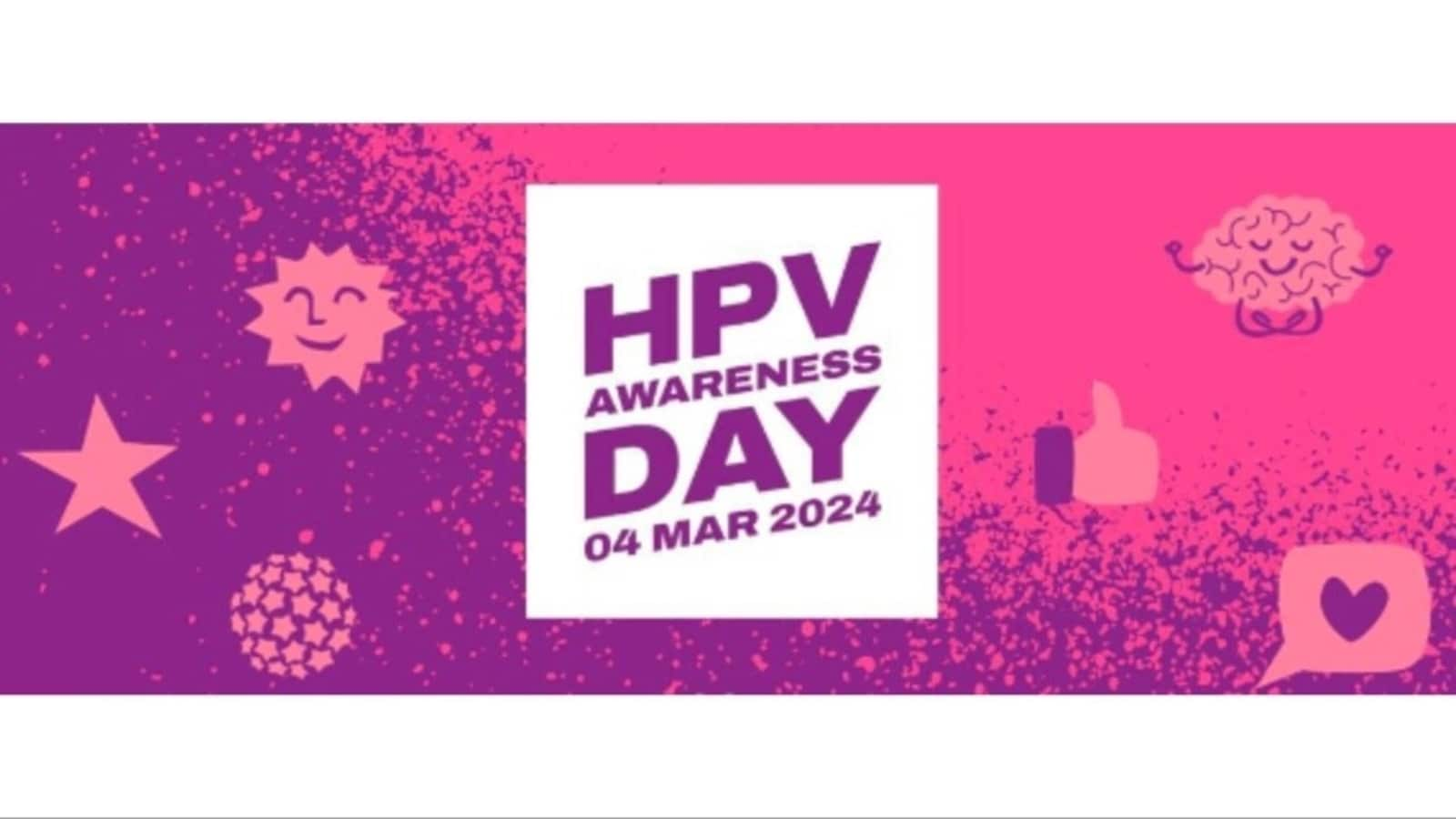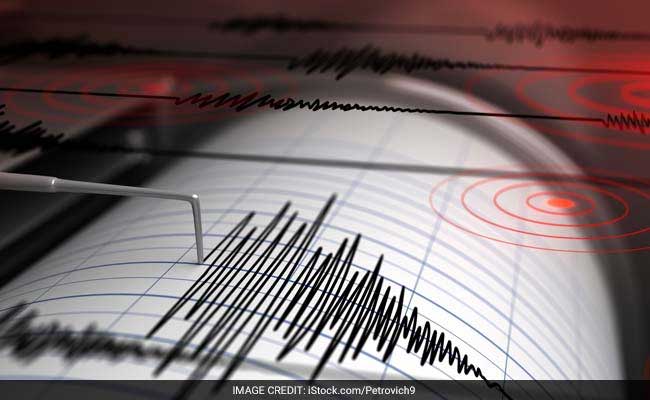
[ad_1]
Developed in 2018 by the International Papillomavirus Society (IPVS), International HPV Awareness Day is marked annually now on March 4 and is an annual opportunity to educate about Human Papillomavirus, its associated cancers and prevention tips against the virus that we have the tools to eliminate and the ability to prevent the cancers that HPV can cause. In an interview with HT Lifestyle, Dr Nanda Rajaneesh, Visiting Consultant – Breast Onco Surgery and Bariatric Surgery at Sakra World Hospital in Bengaluru, shared, “Human Papillomavirus (HPV), a DNA virus, often shows no symptoms and can clear on its own in about 90% of cases within two years. However, it can lead to the formation of warts or precancerous lesions, increasing the risk of various cancers in areas such as the cervix, vulva, vagina, penis, anus, mouth, tonsils, or throat.”

He revealed, “The main mode of transmission is through sexual contact, predominantly affecting cervical cells. While the immune system can typically clear most infections, persistent high-risk HPV infections can result in prolonged cervical infection and the emergence of precancerous lesions. If not addressed, these lesions may advance to cervical cancer due to genetic alterations and the activities of viral oncogenes E6 and E7, which stimulate cell replication and the formation of tumors. Notably, HPV16 and HPV18 are responsible for approximately 70% of cervical cancers, with HPV16 being the cause of almost 90% of oropharyngeal cancers.”
He highlighted, “Genital warts and laryngeal papillomatosis frequently result from HPV6 and HPV11. HPV is associated with the majority of anal, cervical, vaginal, vulvar, and penile cancers. Persistent high-risk HPV infections substantially increase the risk of cancer, with about 10% of women facing prolonged cervical infections. Detecting and managing high-risk HPV infections promptly is crucial in preventing precancerous changes and reducing health risks.”
Bringing her expertise to the same, Dr Swati Gaikwad, Consultant Obstetrician and Gynaecologist at Motherhood Hospital in Pune, explained, “Human Papillomavirus (HPV) is a group of related viruses that can infect various parts of the body, primarily the genital area. While many HPV infections resolve on their own, some persistent infections can lead to serious health issues. HPV is commonly transmitted through sexual contact, including vaginal, anal, and oral sex.”
Of the over 100 different types of HPV, some are classified as high-risk, increasing the likelihood of developing cancer. Dr Swati Gaikwad said, “Persistent infection with high-risk HPV strains, particularly types 16 and 18, is a major cause of cervical cancer in women. Additionally, HPV can contribute to cancers of the anus, penis, vagina, vulva, and oropharynx (the back of the throat, including the base of the tongue and tonsils). The link between HPV and cancer arises when the virus interferes with the normal regulation of cell growth, leading to the formation of abnormal cells that can eventually become cancerous. Regular screening, such as Pap smears and HPV tests, is crucial for early detection of abnormalities and prevention of cancer development.”
She elaborated, “Vaccination is a key tool in preventing HPV-related cancers. Vaccines like Gardasil 9 protect against the most common high-risk HPV types, providing a strong defense against cervical and other cancers. The recommended age for HPV vaccination is early adolescence, ideally before any sexual activity, to maximize its effectiveness. By promoting awareness and proactive healthcare measures, we can reduce the impact of HPV on individuals and communities, ultimately working towards a healthier and cancer-free future.”
[ad_2]
Source link








